In perhaps one of the oddest Super Bowl commercials, a clandestine society tries to uncover the perpetrator responsible for exposing avocado’s greatest secret. Within seconds, this meeting goes awry: the robed members remove their masks, the eerie music is cut from the background, and they begin to fight over everything from the veracity of the moon landing, Bigfoot, Areas 51 to 54, and subliminal advertising.
Avocados From Mexico shelled out $4 million for a 30-second advertisement slot set to air early into the game. A shortened 30-second advertisement—cut from a 1:30 long form ad available digitally—starring Jon Lovitz hypnotizing viewers into an avocado-craving daze. It’s well worth the money as, trailing Cinco De Mayo, the Super Bowl is the second most important influence on the sales of avocados.
The Hass Avocado Board estimates that Americans will consume 120 million pounds of avocados (240 million avocados) this Sunday. According to HAB, it’s “enough to fill a football field from end zone to end zone and 46 feet deep.”
However, guacamole hasn’t always been a popular Super Bowl Sunday staple. Whether you like your avocado in uniformly sliced pieces and delicately spread atop a piece golden of brown toast, rested atop a bed of kale and quinoa, sandwiched in the center of a massive, baby-sized Chipotle burrito, or simply mashed with lime juice, salt, and pepper, life wasn’t always filled with an abundance of avocados.
In fact, from the 1920s to the 1970s, avocados were considered a delicacy. In the 1970s, the average price of an avocado was $1—equivalent to $4.80 today. A variety of factors lead to the rise in popularity of avocados and to its ubiquitous presence on brunch menus to additions on Subway sandwiches today.
In the 20th century, avocados were known as “alligator pears” due to the scaly texture of their skin. The name was too repugnant for the tastes of most Americans and, according to the California Avocado Growers’ Exchange, it was ruining the avocado business. The CAGE played a vital part in the rise in popularity of this nutritious fruit. It was actually Thomas H. Shedden, ex-president of CAGE, and its “poet laureate,” who sat on a committee that helped rebrand “that animal-vegetable conglomeration ‘alligator pear,’” in an “effort to familiarize the public with that gentle and euphonious word ‘avocado.’”
And so, the moniker avocado stuck, a name derived from the Aztec “ahuacacuahuitl” or “testicle tree.” (A shame, as I see great marketing value in “testicle fruit toast.”)
Ingenious marketing and PR schemes further changed perceptions about the high amount of fat in avocados. This was around the time low fat diets were all the rage. They sponsored studies that emphasized avocado’s healthy monounsaturated fats—the good kind that reduces cholesterol. The effects of these efforts to entice definitely materialized: The annual consumption of avocados by the average American grew from 1.5 pounds in the ’90s to 5 pounds in 2012.
The North American Free Trade Agreement, which Donald Trump has called “the worst trade deal the U.S. has ever signed,” allowed for year-round consumption of avocados. Avocados need to be grown in mild climates, which restrict when and where these green fruits can be grown. In California, avocados are seasonally grown from February to September. The forgiving trade policies in the ’90s allowed avocados that met U.S. import requirements to be shipped to 19 states in the Northeast and Midwest from Mexico—where the fruit is grown all year.
(Most avocados are grown in the Southern Mexican state of Michaocán, where farms are rapidly deforesting the area to accommodate the rising popularity of avocados, but that’s another story for another day.)
Donald Trump’s proposed 20 percent tax on all imports as part of his solution to fund the Mexican border wall could have a huge impact on our beloved relationship with avocados. Since 93 percent of Hass avocados are imported from Mexico, avocados may once again revert back to being the fancy and luxurious ingredient used to impress dinner guests.
How that exactly affects avocado prices is up for debate, since the $1.50 avocado you buy at the store actually only costs about 50 cents wholesale, which would mean the price would only go up about 10 cents per avocado. But for large-scale importers, that tax could definitely create budget madness. And who knows what kind of charges high-end avocado toast purveyors will pass on to the consumer.
What’s not up for debate is the American public’s love of the rough-skinned green fruit. It’s possible the commercials are aimed at the thin-skinned Trump, in an effort to get him to reconsider the tariff.
That said, Kevin Hamilton, Avocados from Mexico’s director of brand marketing, has denied that the commercials have any political undertones: “We’re just focused on what we need to do as an organization. We’re focused on our message—this nutritional message, being available (year round), tasting good, and good times.”
Then again, if we were marketing with a subliminal message, we might not tell you what the real story is.





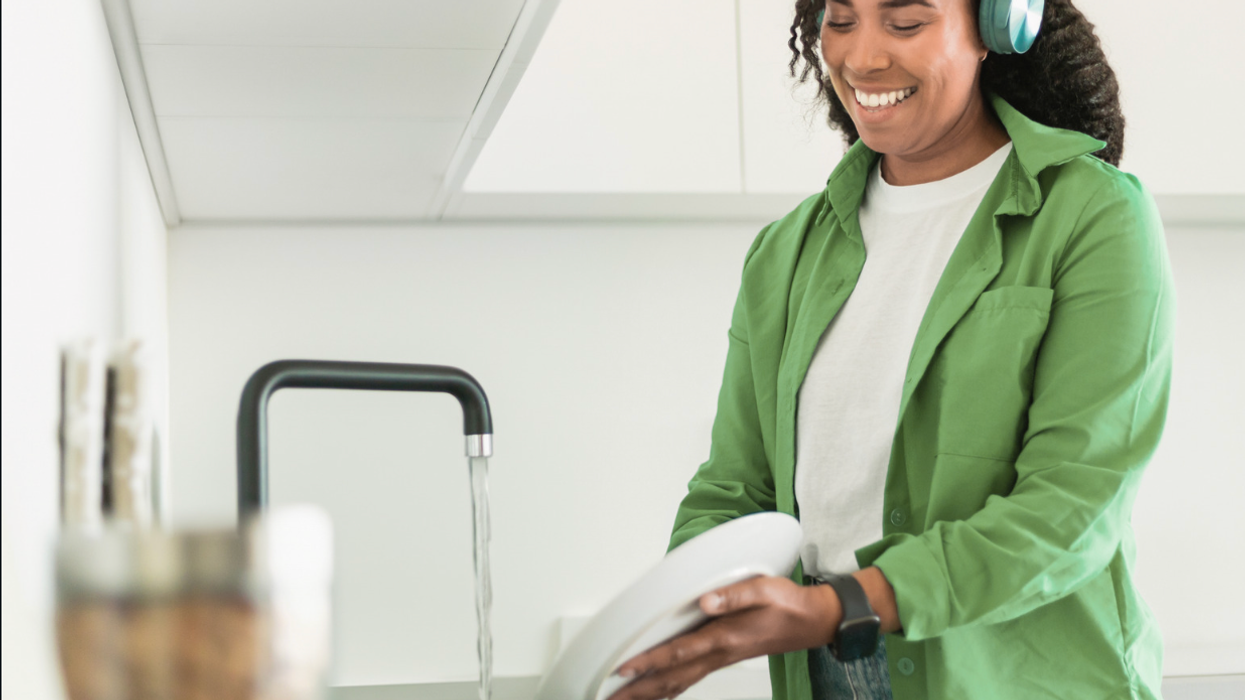


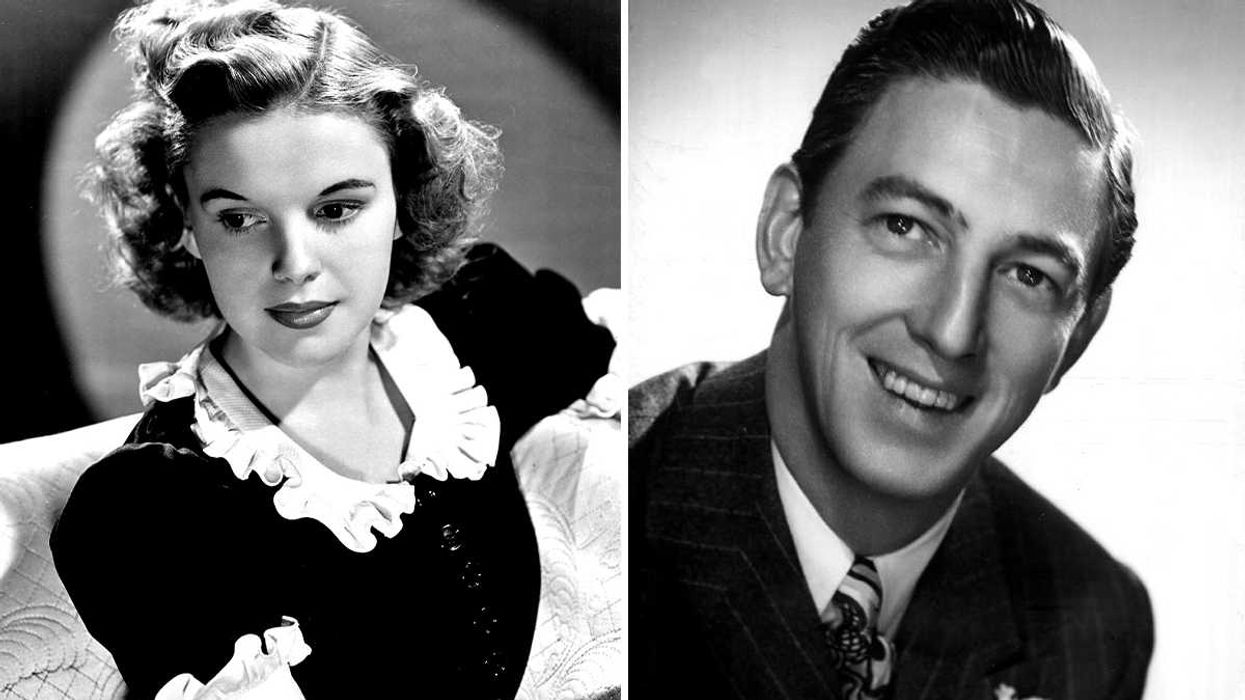




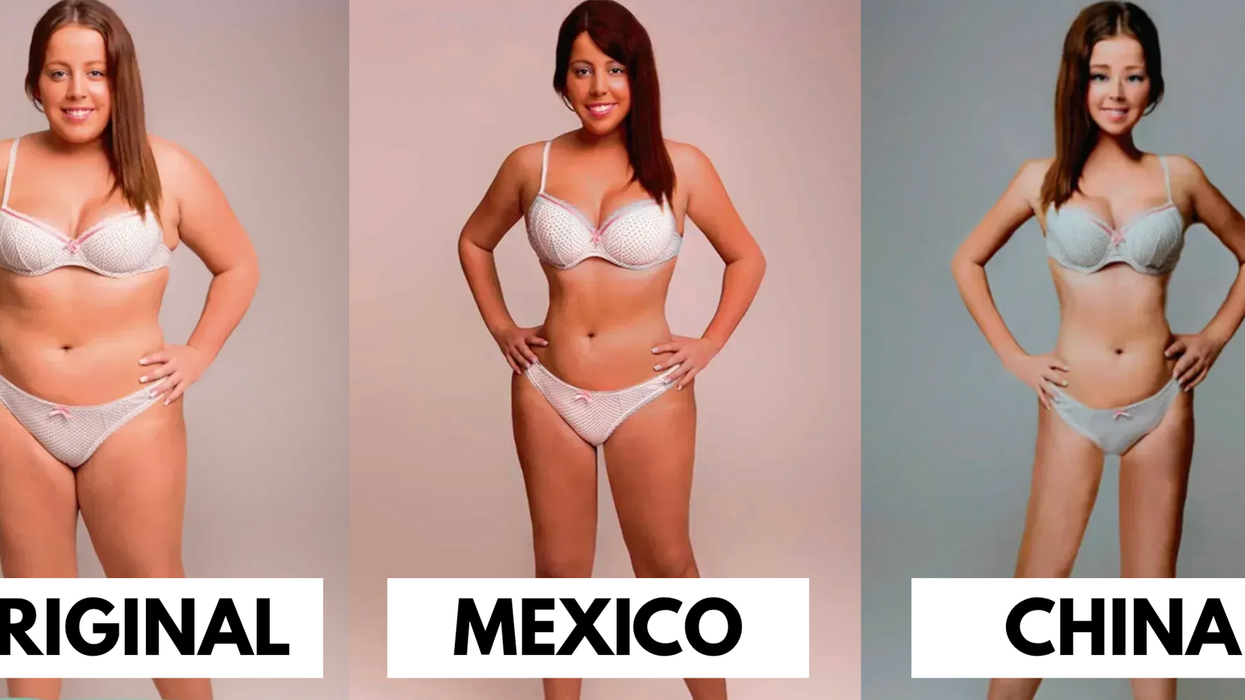
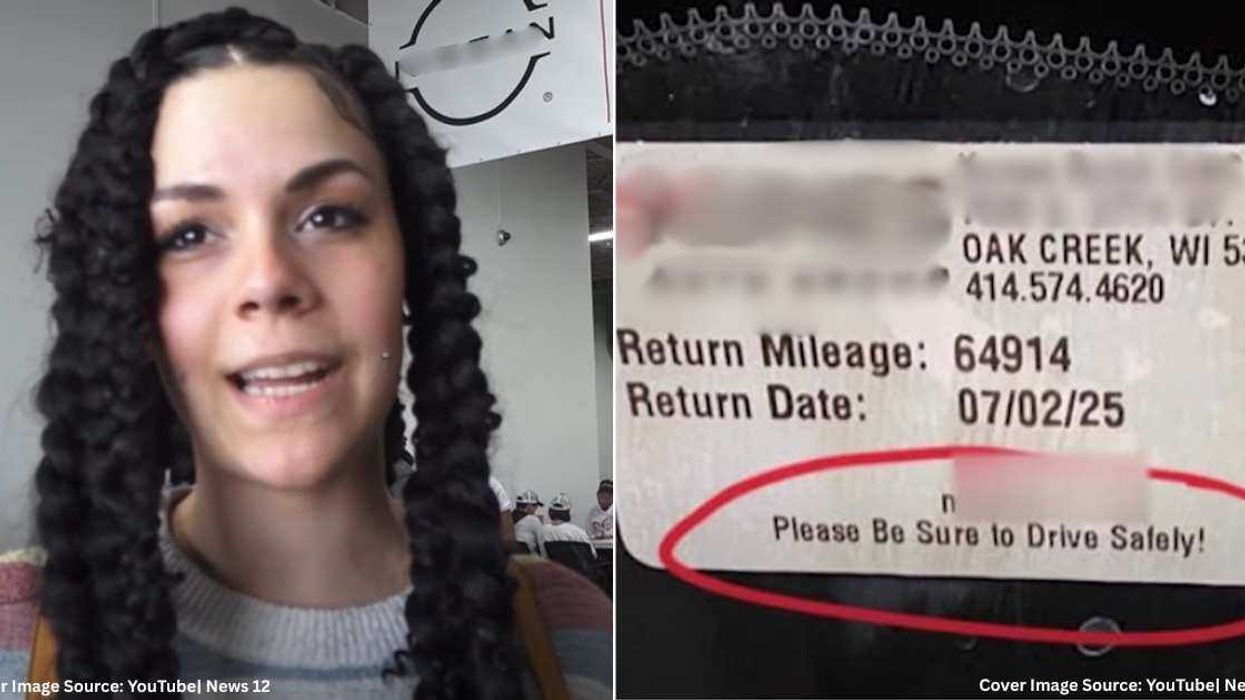
 A frustrated woman at a car dealershipCanva
A frustrated woman at a car dealershipCanva Bee Arthur gif asking "What do you want from me?" via
Bee Arthur gif asking "What do you want from me?" via 
 A couple on a lunch dateCanva
A couple on a lunch dateCanva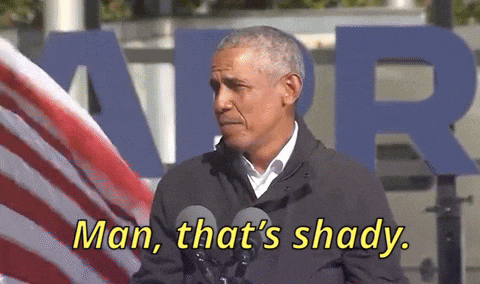 Gif of Obama saying "Man, that's shady" via
Gif of Obama saying "Man, that's shady" via 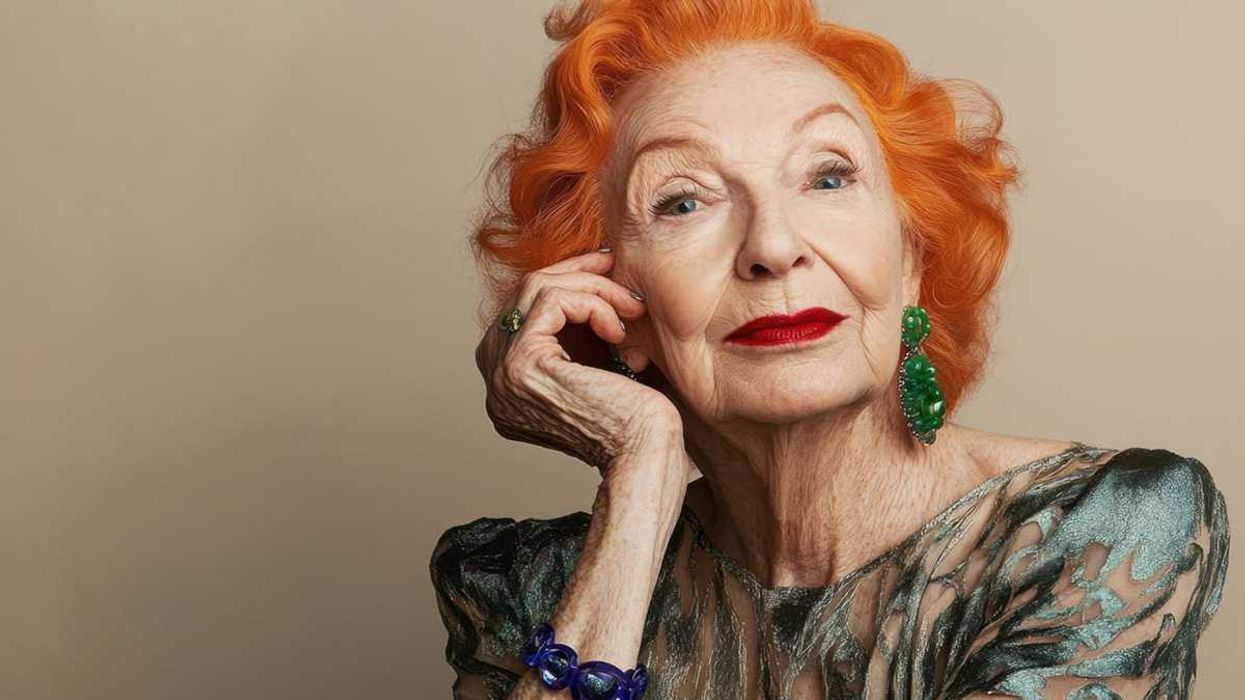
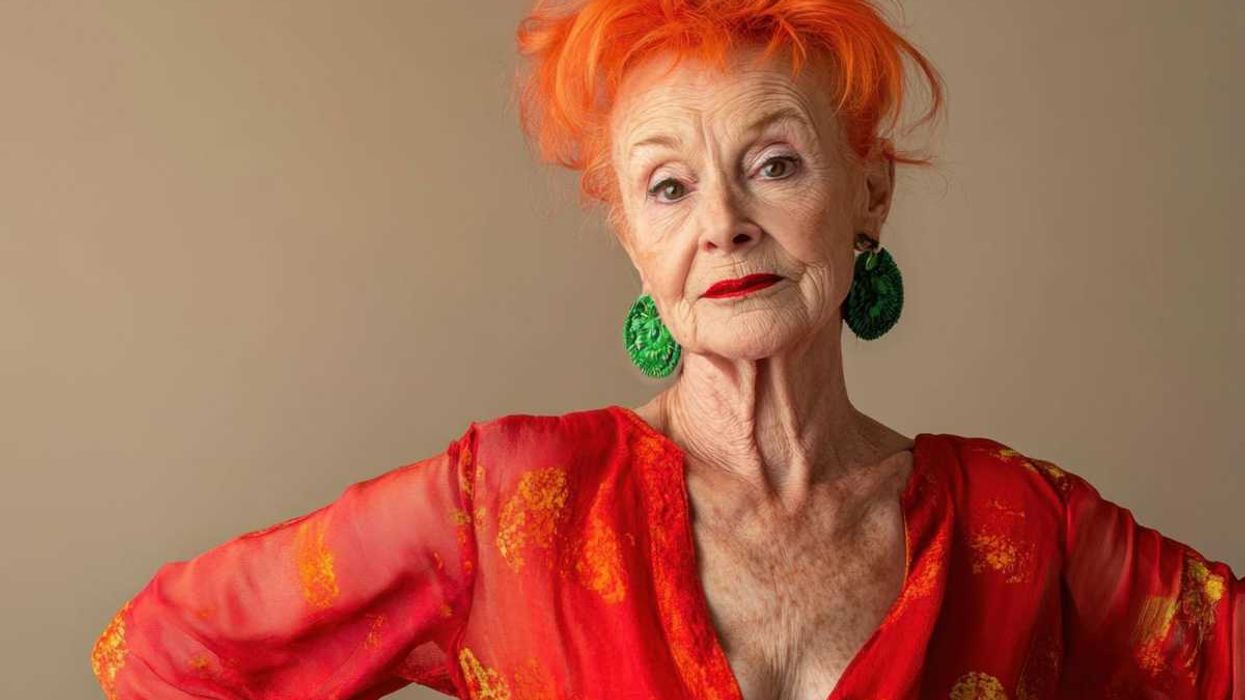 Elegance in red.Photo credit:
Elegance in red.Photo credit:  An older woman shows off some bling.Photo credit:
An older woman shows off some bling.Photo credit: 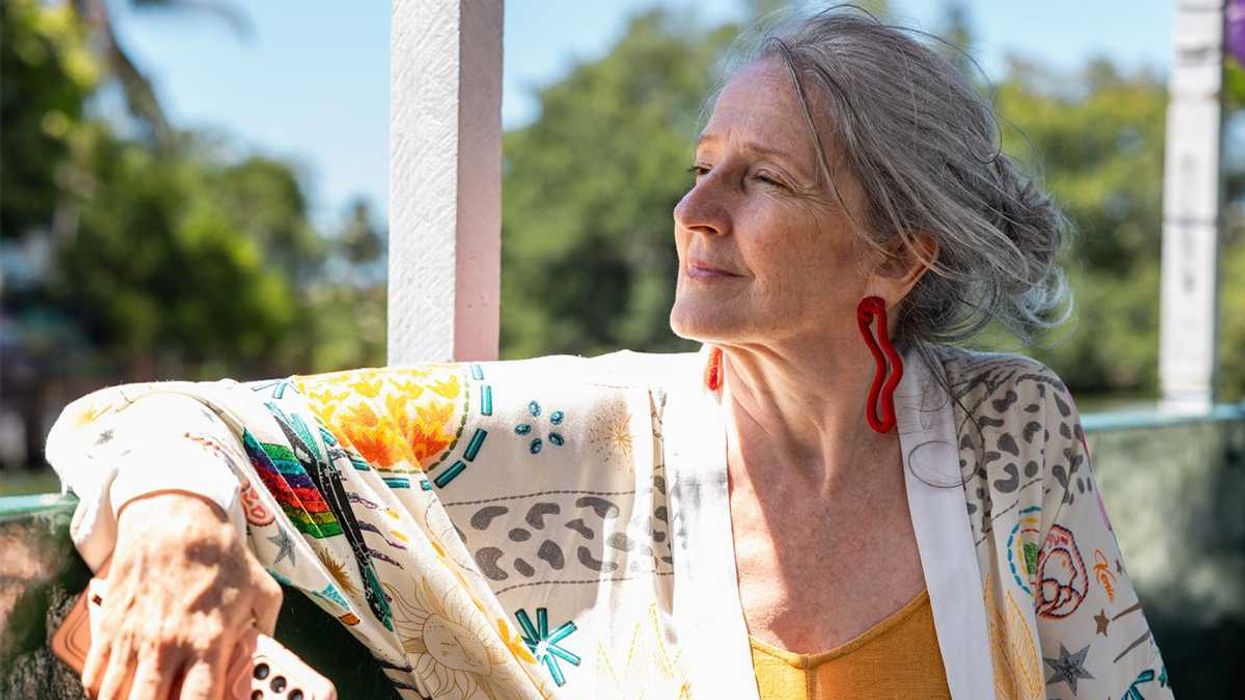 A woman enjoys a beautiful day. Photo credit:
A woman enjoys a beautiful day. Photo credit: 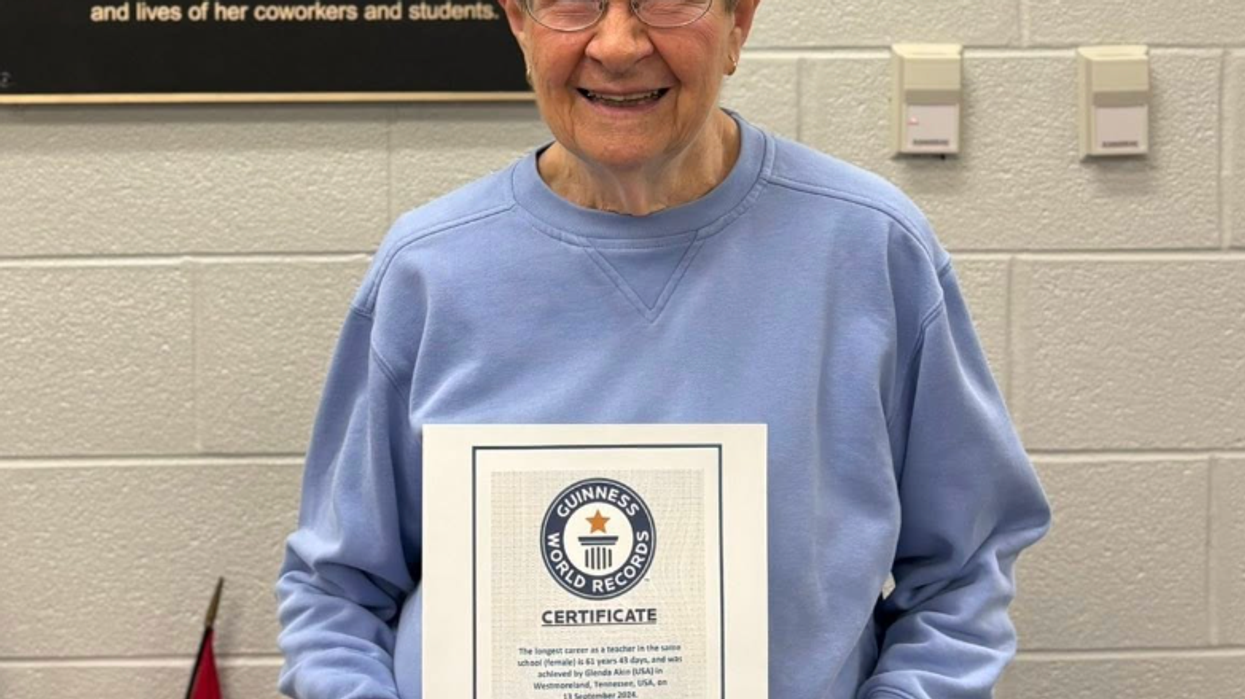
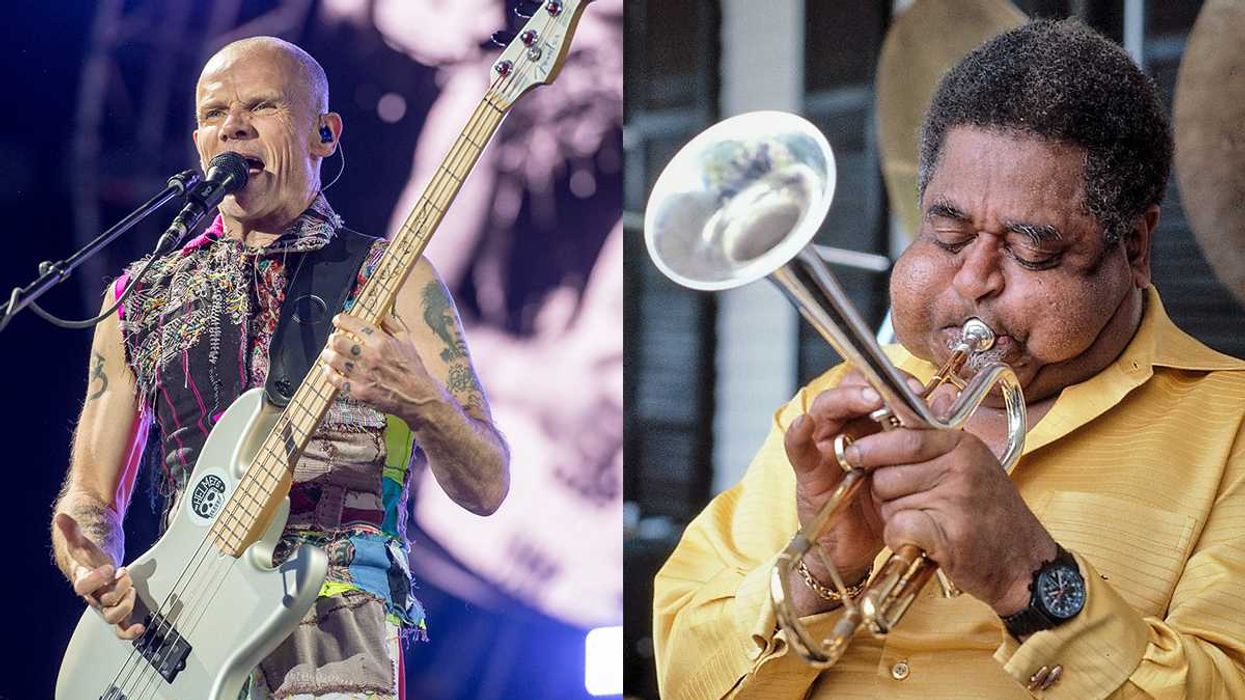
 Red Hot Chili Peppers bassist Flea at Lollapalooza Chile in 2014.Cancha General/
Red Hot Chili Peppers bassist Flea at Lollapalooza Chile in 2014.Cancha General/  Red Hot Chili Peppers bassist Flea at Rock in Rio Madrid in 2012.Carlos Delgado/
Red Hot Chili Peppers bassist Flea at Rock in Rio Madrid in 2012.Carlos Delgado/ 

 Gif of confused woman saying "OK"
Gif of confused woman saying "OK" A woman rejects a man's advancesCanva
A woman rejects a man's advancesCanva A couple kissingCanva
A couple kissingCanva
 A house on fireCanva
A house on fireCanva A smoke detector covered in smokeCanva
A smoke detector covered in smokeCanva The Dahl family gofundme
The Dahl family gofundme